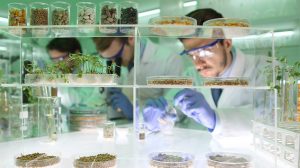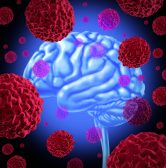Definition
noun, plural: paracentric inversions
(genetics) An inversion of a segment of chromosome in which the centromere is not included, and both breaks occur in the single arm of a chromosome
Supplement
Chromosomal inversion is a type of a large-scale mutation since it involves several nucleotides of a gene within a large chromosomal region. It can be detected through genetic analysis and cytogenetic techniques. It is characterized by a rearrangement within the chromosome. It results from a double break in a segment of the chromosome, with end for end rotation of the fragment between the fracture lines, and re-fusion of the fragments. This results in the reversal of the order of genes in that segment. There are of two types of chromosomal inversions: pericentric inversion and paracentric inversion. A pericentric inversion is a chromosomal inversion that includes the centromere whereas a paracentric inversion is one that does not include the centromere. Furthermore, in pericentric inversion, the break point occurs in each arm. In paracentric inversion, both breaks occur in one arm of the chromosome.
Inversions may not cause abnormalities in carriers as long as there is no extra or missing genetic information. However, individuals who are heterozygous for an inversion, there is a rise in the production of abnormal chromatids, especially when crossing-over occurs within the span of the inversion.
Word origin: Greek para- (“beside, near, from, against, contrary to”) + centric (center)
Compare:
See also:







